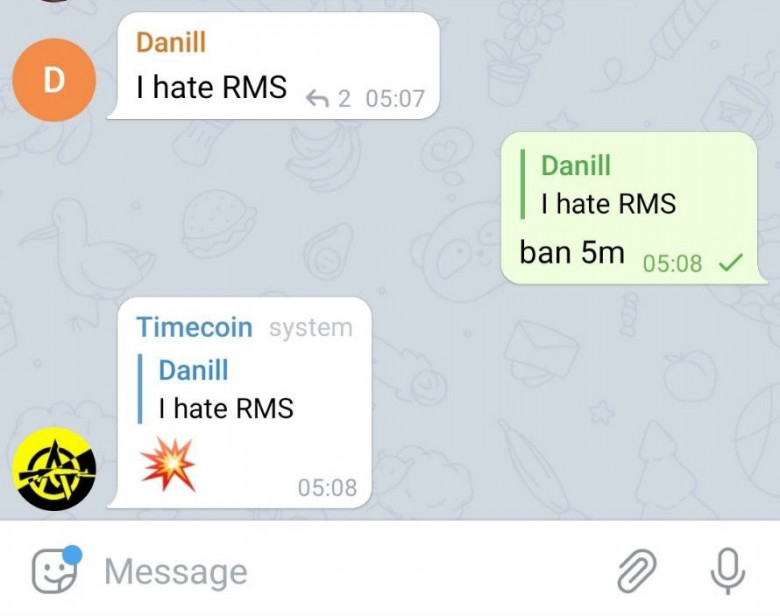
The photograph accompanying this article captures a moment I once witnessed on a beach in Silicon Valley, California. The endless waves of the Pacific Ocean stretch into the distance, fading and dissolving into the sand. All three states of matter are present here: the solid, unmoving sand; the liquid, flowing water; and the wind — invisible yet tangible chaos of air. This landscape seems to symbolize the transitions and boundaries between order and freedom, between stability and change.
This very scene inspired me to reflect on how DAOs, Decentralized Autonomous Organizations, transform into a "third state" for communities. They combine the chaotic freedom of scattered individuals and the structured order of centralized organizations, creating something new — fluid and adaptive.






